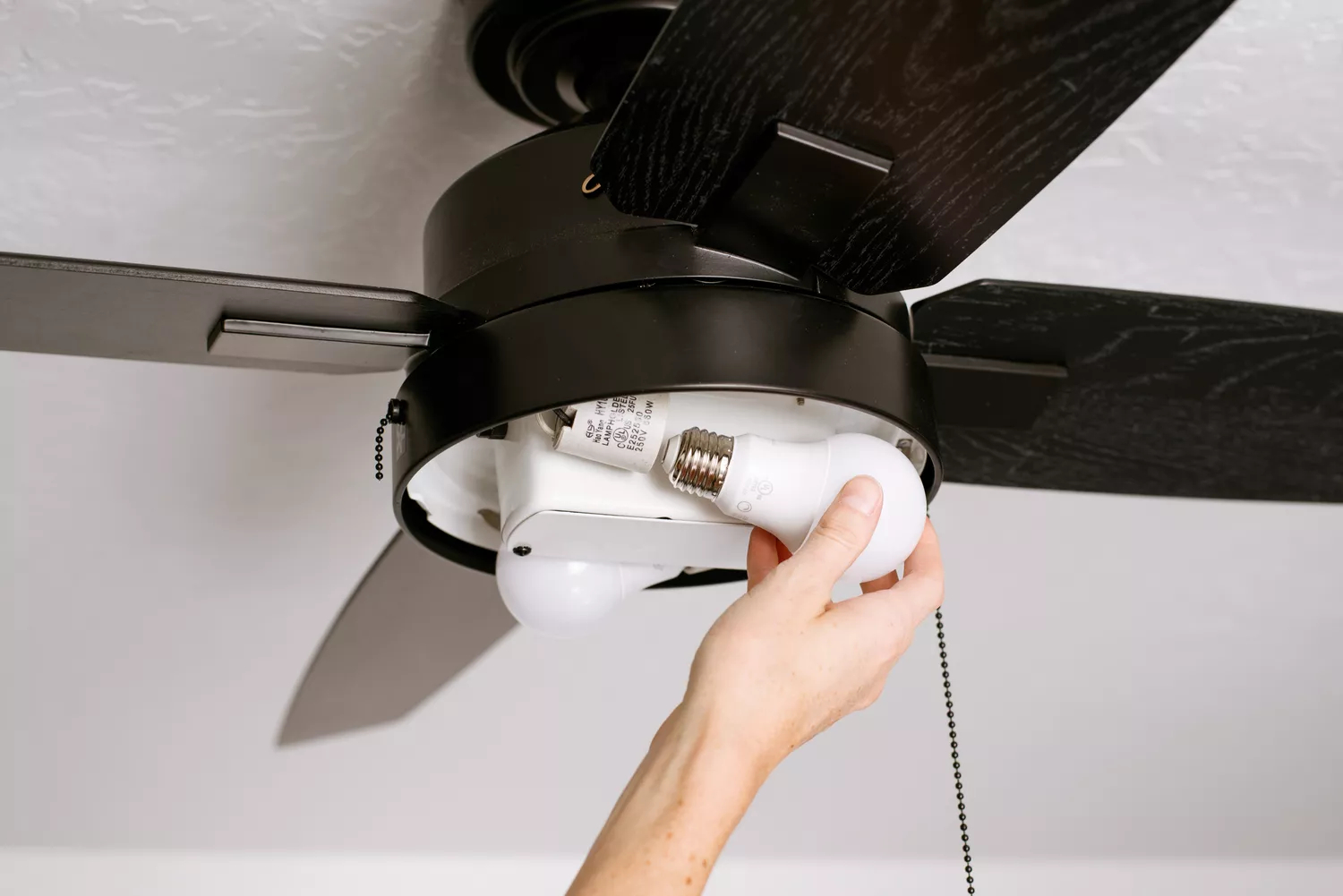

Articles
How To Change Light Bulb In Ceiling Fan
Modified: January 19, 2024
Discover helpful articles on how to easily change a light bulb in a ceiling fan. Find step-by-step instructions and expert tips for a hassle-free experience.
(Many of the links in this article redirect to a specific reviewed product. Your purchase of these products through affiliate links helps to generate commission for Storables.com, at no extra cost. Learn more)
Introduction
Changing a light bulb in a ceiling fan may seem like a daunting task, but with the right tools and a little know-how, it can be a simple and satisfying DIY project. Whether you need to replace a burnt-out bulb or upgrade to a more energy-efficient option, this guide will walk you through the step-by-step process of changing a light bulb in a ceiling fan.
Before you start, it’s important to ensure your safety by turning off the power to the ceiling fan. This will prevent any potential electrical accidents and keep you safe throughout the process.
Once the power is turned off, you can proceed with removing the fan light cover. This cover is usually held in place by screws or clips, so you’ll need a screwdriver or a sturdy pair of hands to remove it. Make sure to handle the cover with care, as it can be fragile and easily damaged.
Once the cover is removed, you’ll be able to access the old light bulb. Gently disconnect the bulb from its socket, being careful not to break it in the process. If the bulb is screwed in, turn it counterclockwise to remove it. If it’s a bayonet-style bulb, you’ll need to push it in and twist it counterclockwise to release it.
Now comes the fun part – choosing the right replacement bulb for your ceiling fan. Depending on the socket type and the desired brightness, you’ll have a variety of options to choose from. Consider energy-efficient LED bulbs, which can save you money on your electricity bills while providing excellent lighting.
Once you’ve selected the right bulb, it’s time to install it in the socket. Make sure to align the base of the bulb with the socket and gently push it in or twist it clockwise, depending on the type of socket. Avoid applying too much force, as it can damage the bulb or the socket.
After the new bulb is securely in place, it’s time to reattach the fan light cover. Align it with the screw holes or clips and carefully tighten the screws or snap it back into place. Double-check that the cover is securely fastened to prevent any accidents or damage.
With the bulb changed and the cover reattached, you can now restore power to the ceiling fan. Locate the circuit breaker or fuse box and switch the power back on. Test the light by flipping the switch on the fan, and if everything is working properly, you’re all done!
Changing a light bulb in a ceiling fan doesn’t have to be a complicated task. With a bit of preparation and the right tools, you can successfully replace the bulb and enjoy a brightly lit room once again. Remember to always prioritize safety, turn off the power, and handle the bulbs with care to avoid any accidents. Now, let’s get started on changing that light bulb!
Key Takeaways:
- Safety first! Always turn off the power before changing a light bulb in a ceiling fan. Handle the bulb with care and consider energy-efficient LED options for cost savings.
- Gather the right tools, choose the correct replacement bulb, and follow the step-by-step process to successfully change the light bulb in your ceiling fan. Enjoy a well-lit room with a simple DIY project!
Read more: How To Change Ceiling Fan Light Bulb
Necessary Tools
Before you start changing the light bulb in your ceiling fan, it’s important to gather the necessary tools. Having the right tools on hand will make the process much smoother and ensure that you can complete the task safely and efficiently. Here are the tools you’ll need:
- Screwdriver: Depending on the type of screws used to secure the fan light cover, you may need a Phillips or flathead screwdriver to remove them. Make sure to have the appropriate size and type of screwdriver to easily remove the screws without damaging them.
- Ladder or Step Stool: Since ceiling fans are typically mounted high up, you’ll need a sturdy ladder or step stool to safely reach the fan. Make sure the ladder is stable and positioned on a flat surface to prevent any accidents while you’re working.
- Gloves: It’s always a good idea to wear protective gloves when handling light bulbs. Gloves can provide a better grip and protect your hands from shards of a broken bulb in case of accidents.
- Replacement Bulb: Choose the right replacement bulb for your ceiling fan. Consider the socket type (e.g., screw-in or bayonet), wattage, and brightness level. Energy-efficient LED bulbs are a popular choice due to their longevity and energy-saving benefits.
- Circuit Tester: While not necessary, a circuit tester can be a handy tool to ensure that the power to the ceiling fan is turned off before you start working on it. It’s an extra precaution to avoid any electrical accidents.
- Lamp/Ceiling Fan Cleaning Kit: Since you’ll be accessing the fan light cover, it’s a great opportunity to give both the cover and the fan blades a good cleaning. A lamp or ceiling fan cleaning kit with a long, extendable handle and a soft brush can help remove any accumulated dust or debris.
By having these tools ready before you start, you can save time and avoid any unnecessary delays during the process. Remember to double-check that you have all the necessary tools on hand before you begin. This way, you’ll be fully prepared to change the light bulb in your ceiling fan and complete the task with ease.
Step 1: Turn Off Power
Before you begin changing the light bulb in your ceiling fan, it’s crucial to ensure your safety by turning off the power. Working with electricity can be dangerous, so it’s important to take the necessary precautions to prevent any accidents or injuries. Follow these steps to turn off the power to the ceiling fan:
- Locate the Circuit Breaker or Fuse Box: In most homes, the circuit breaker or fuse box is located in a utility room, basement, or garage. Find the box and open the door or panel to access the switches or fuses.
- Identify the Correct Switch/Fuse: Look for the switch or fuse that controls the power supply to the ceiling fan. Depending on your electrical setup, it may be labeled as “ceiling fan” or something similar. If you’re unsure, you can turn off the main power switch to ensure complete safety, but keep in mind that this will shut off power to the entire house.
- Switch Off the Power: If you have a circuit breaker, flip the switch controlling the ceiling fan to the “off” position. If you have fuses, carefully remove the fuse that supplies power to the fan. Keep the fuse safe and remember its location for when you’re ready to restore power later.
- Double-Check the Power: Once you’ve switched off the power, it’s essential to double-check that the ceiling fan’s light is no longer functioning. Flip the light switch or pull the chain to ensure that the light doesn’t turn on. If the light remains on, you might have turned off the wrong switch or fuse, and you should revisit the circuit breaker or fuse box.
By turning off the power to the ceiling fan, you eliminate the risk of receiving an electric shock while changing the light bulb. Taking this precautionary step will give you peace of mind and allow you to work safely throughout the rest of the process. Remember, electrical safety should always be a top priority when dealing with any electrical components or appliances in your home.
Step 2: Remove the Fan Light Cover
Now that you’ve turned off the power, you can proceed with removing the fan light cover. The light cover is typically positioned underneath the fan blades and protects the bulb and socket. Follow these steps to safely remove the fan light cover:
- Locate the Screws or Clips: Examine the fan light cover and look for any screws or clips holding it in place. Depending on the fan model, you may find one or more screws or clips. Typically, these screws or clips are situated around the perimeter of the cover.
- Prepare the Tools: If the light cover is secured with screws, you’ll need a screwdriver that fits the screw heads. If it is held in place with clips, you can use your hands or a small tool to gently unhook the clips.
- Remove the Screws: Using the appropriate screwdriver, carefully loosen and remove the screws that secure the fan light cover. Turn the screws counterclockwise until they are completely detached. Place the screws in a safe location to prevent misplacement.
- Unhook the Clips: If the fan light cover is held in place with clips, locate the clips and gently unhook them one by one. You may need to apply slight pressure and maneuver the cover until the clips release. Take care not to exert excessive force to avoid damaging the fan or the cover.
- Handle the Cover Carefully: Once the screws or clips are removed, you can carefully remove the fan light cover. Keep in mind that the cover may be fragile, so handle it with care to avoid any unintentional damage.
By following these steps, you’ll be able to safely remove the fan light cover and gain access to the old light bulb. Take your time and handle the cover with caution to prevent any accidents or breakage. Remember, each ceiling fan model may have slight variations in how the light cover is attached, so always refer to the manufacturer’s instructions if available.
Step 3: Disconnect the Old Bulb
Now that you have successfully removed the fan light cover, you can move on to disconnecting the old bulb. Follow these steps to safely disconnect the old bulb from its socket:
- Inspect the Bulb: Before handling the old bulb, visually inspect it for any signs of damage or defects. Check for any cracks, dark spots, or discoloration. If the bulb appears to be damaged, refrain from touching it and proceed with caution.
- Switch Off the Power: Although you’ve already turned off the power to the ceiling fan, it’s a good practice to double-check that the power is still off before proceeding. Test the light switch or pull the chain to ensure that the fan’s light does not turn on.
- Remove the Bulb: If the bulb is screwed into the socket, gently grip the base of the bulb with your hand and turn it counterclockwise. Be careful not to apply excessive force or twist too tightly, as this can cause the bulb to break. If the bulb is a bayonet-style, insert your fingers into the slots on the base and push it in while simultaneously turning it counterclockwise to release it from the socket.
- Dispose of the Old Bulb: Once the old bulb is disconnected, place it in a safe location and handle it with care. If the bulb is intact and still usable, consider recycling it where appropriate. If the bulb is damaged or burnt out, dispose of it properly following local regulations for hazardous waste.
It’s important to exercise caution when handling the old bulb to prevent any injuries or accidents. Avoid touching the bulb’s surface, as oils from your skin can cause hot spots and reduce the bulb’s lifespan. If the bulb is broken or damaged, use protective gloves or a damp cloth to carefully clean up any broken glass shards.
By following these steps, you have successfully disconnected the old bulb from its socket. You can now move on to selecting the right replacement bulb for your ceiling fan in the next step.
Make sure the ceiling fan is turned off and the light bulb has cooled down. Use a stable step ladder and a dry cloth to unscrew the old bulb and replace it with a new one of the same wattage.
Step 4: Choose the Right Replacement Bulb
Now that you’ve disconnected the old bulb, it’s time to choose the right replacement bulb for your ceiling fan. There are a few factors to consider when selecting a replacement bulb, including the socket type, wattage, and brightness level. Follow these steps to ensure you choose the appropriate replacement:
- Check the Socket Type: Take a close look at the socket where the old bulb was connected. Determine whether it is a screw-in socket (typically E26 or E27 base) or a bayonet-style socket (commonly referred to as B22). This information will help you identify compatible bulbs for your ceiling fan.
- Consider Wattage: Refer to the maximum wattage recommendation specified on the fan or in the manufacturer’s instructions. It’s essential to choose a replacement bulb with a wattage that is within or lower than the specified limit to prevent overheating and potential damage to the fan.
- Determine Desired Brightness: Consider the level of brightness you prefer for your room. Different bulbs have different lumen (brightness) levels, so choose one that suits your needs. You can refer to the packaging or bulb specifications to find the lumen rating.
- Energy-Efficient Options: If you’re looking to reduce energy consumption and save on electricity bills, consider opting for energy-efficient bulbs, such as LED (Light Emitting Diode) or CFL (Compact Fluorescent Lamp) bulbs. These bulbs use significantly less energy than traditional incandescent bulbs while providing comparable brightness.
- Choose Bulb Shape and Color Temperature: Bulbs come in various shapes, from standard A-shape to globe or candle-shaped bulbs. Select a shape that suits the aesthetics of your ceiling fan and complements your room’s decor. Additionally, consider the color temperature of the bulb—whether you prefer warm white (soft yellowish light) or cool white (bright, bluish-white light).
By considering these factors, you can choose the right replacement bulb that fits your ceiling fan’s socket and meets your desired brightness and energy efficiency preferences. Always consult the manufacturer’s instructions or the fan’s specifications for any specific recommendations or limitations regarding bulb replacements.
Once you’ve selected the replacement bulb, you’re ready to install it in the next step and restore light to your ceiling fan.
Step 5: Install the New Bulb
With the right replacement bulb in hand, it’s time to install it in the socket of your ceiling fan. Proper installation ensures a secure connection and functioning light. Follow these steps to safely install the new bulb:
- Make Sure the Power is Off: Before proceeding, double-check that the power to the ceiling fan is still turned off. This is a crucial safety precaution to prevent any potential electrical accidents.
- Inspect the Socket: Take a moment to examine the socket where the old bulb was removed. Ensure that it is clean, free from any debris, and in good condition. If there are any signs of damage, consult a qualified electrician before proceeding with the installation.
- Align the Bulb: Hold the new bulb by its base and align it with the socket. For a screw-in socket, insert the base of the bulb into the socket and turn it clockwise until it is securely in place. If it is a bayonet-style socket, align the pins on the base of the bulb with the slots in the socket and push it in gently while simultaneously twisting it clockwise.
- Ensure a Secure Connection: Lightly twist the bulb in the socket to ensure a secure connection. However, take care not to apply excessive force that could damage the bulb or loosen the socket itself.
- Avoid Touching the Bulb: As you handle the new bulb, try to avoid touching the glass surface with your bare hands. Skin oils can reduce the lifespan of bulbs, especially for incandescent bulbs, and lead to hot spots that can affect performance. If you accidentally touch the bulb, wipe it clean with a cloth before installation.
Remember, while installing the new bulb, it’s essential to handle it with care to avoid any damage. Take your time and make sure the bulb is securely connected in the socket before proceeding to the next step.
Once the new bulb is installed, you’re ready to move on to the next step of reattaching the fan light cover.
Step 6: Reattach the Fan Light Cover
With the new bulb securely installed, it’s time to reattach the fan light cover. The light cover not only protects the bulb but also adds a finished look to your ceiling fan. Follow these steps to safely reattach the fan light cover:
- Inspect the Fan Light Cover: Before reattaching the cover, examine it for any signs of damage or wear. Ensure that the screws or clips are in good condition and ready for use. If any components are broken or missing, consider purchasing replacement parts from the fan manufacturer.
- Align the Fan Light Cover: Hold the fan light cover in position with one hand while aligning it with the screw holes or clips on the fan. Make sure it is centered and level before proceeding.
- Secure with Screws: If the fan light cover uses screws for attachment, insert and hand-tighten the screws into the screw holes. Gently turn the screws clockwise until they are snug, but be cautious not to overtighten and risk damaging the cover or the fan.
- Attach with Clips: If the fan light cover uses clips, position the cover against the fan and align the clips with the corresponding slots or indentations. Apply gentle pressure to snap the clips into place, ensuring a secure attachment.
- Test the Attachment: Once the fan light cover is secured, give it a slight tug or shake to ensure it is firmly attached. If it feels loose, readjust the position and tighten the screws or clips as necessary.
It’s important to handle the fan light cover with care during this step, as it can be fragile and easily damaged. Take your time to align the cover properly and ensure that it is securely attached before moving on to the final step.
With the fan light cover reattached, you’re almost done! Now, let’s proceed to the final step and restore power to the ceiling fan.
Step 7: Restore Power
Now that the new bulb is installed and the fan light cover is reattached, it’s time to restore power to the ceiling fan. By following these steps, you can ensure that the fan’s light functions as intended:
- Double-Check the Position of the Fan Light Switch: Before restoring power, make sure the fan light switch is in the “off” position. This precautionary step prevents any accidental activation of the light as you restore the power.
- Locate the Circuit Breaker or Fuse Box: Return to the circuit breaker or fuse box that controls the power supply to the ceiling fan.
- Switch On the Power: If you have a circuit breaker, flip the switch that corresponds to the ceiling fan’s power supply to the “on” position. If you have fuses, reinsert the fuse into its respective socket.
- Test the Light: Return to the fan and flip the light switch or pull the appropriate chain to turn on the fan’s light. Observe whether the light turns on and functions properly. If the light doesn’t turn on, double-check the bulb connection and ensure that the power is restored.
- Ensure Proper Operation: Once the light is functioning, take a moment to make sure the fan light cover is securely in place and that the light is illuminating the desired area. Listen for any unusual sounds or vibrations that may signal a problem with the fan’s light operation.
By carefully following these steps, you can safely restore power to the ceiling fan and ensure that the newly installed bulb is working correctly. If any issues arise during the testing phase, double-check the bulb’s connection and consult the manufacturer’s instructions for troubleshooting steps.
Congratulations! You have successfully changed the light bulb in your ceiling fan. With power restored, you can now enjoy the illuminating effects of your newly installed bulb!
Conclusion
Changing a light bulb in a ceiling fan may seem like a daunting task, but with the right tools, knowledge, and a little patience, it becomes a simple and rewarding DIY project. By following the step-by-step guide provided in this article, you can successfully replace the light bulb in your ceiling fan and enjoy a brightly lit room once again.
Throughout the process, it is essential to prioritize safety. Always remember to turn off the power to the ceiling fan before starting any work. Handling the bulb with care is also crucial, as it can be fragile and contain delicate filaments. Consider wearing protective gloves and avoid touching the bulb’s surface with your bare hands to ensure its longevity and proper functionality.
When selecting a replacement bulb, take into account the socket type, wattage limitations, brightness preferences, and energy efficiency. LED bulbs are a popular choice due to their longevity and energy-saving benefits.
Once the new bulb is in place, reattach the fan light cover securely, ensuring it aligns properly and is fastened tightly. Double-check all connections and give the cover a gentle shake to ensure it is firmly attached. Finally, restore power to the ceiling fan, test the light, and enjoy the illumination it provides.
Remember, each ceiling fan model may have slight variations in the process, so always refer to the manufacturer’s instructions if available. If you encounter any difficulties or are unsure about any step, it’s always wise to consult a professional electrician.
Now that you have the knowledge and confidence to change a light bulb in a ceiling fan, go ahead and tackle this project with ease. A well-lit room contributes to a comfortable and inviting ambiance, enhancing the overall atmosphere and functionality of your living space.
So go ahead, grab your tools, and bring back the glow to your ceiling fan by changing the light bulb. Happy DIY-ing!
Frequently Asked Questions about How To Change Light Bulb In Ceiling Fan
Was this page helpful?
At Storables.com, we guarantee accurate and reliable information. Our content, validated by Expert Board Contributors, is crafted following stringent Editorial Policies. We're committed to providing you with well-researched, expert-backed insights for all your informational needs.
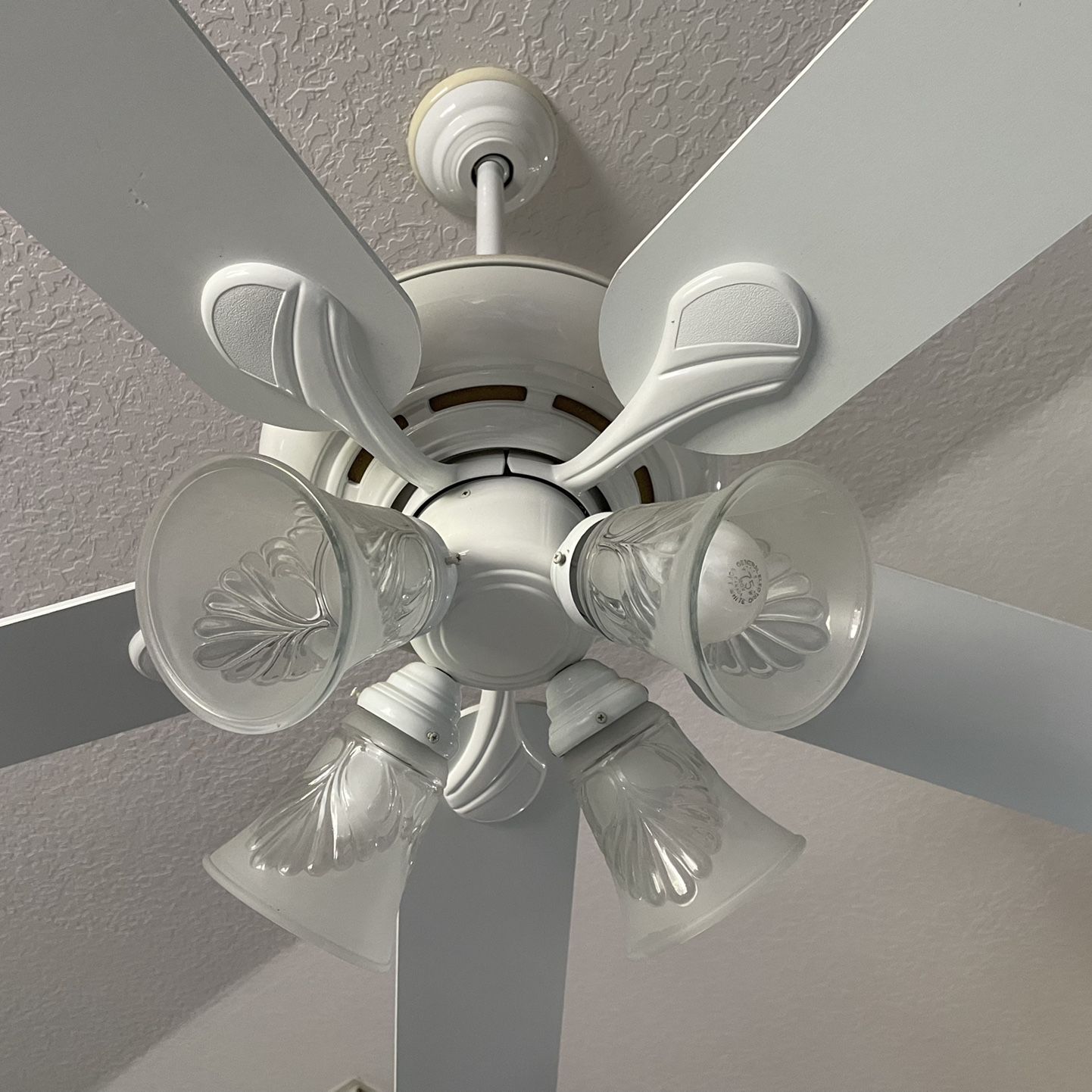
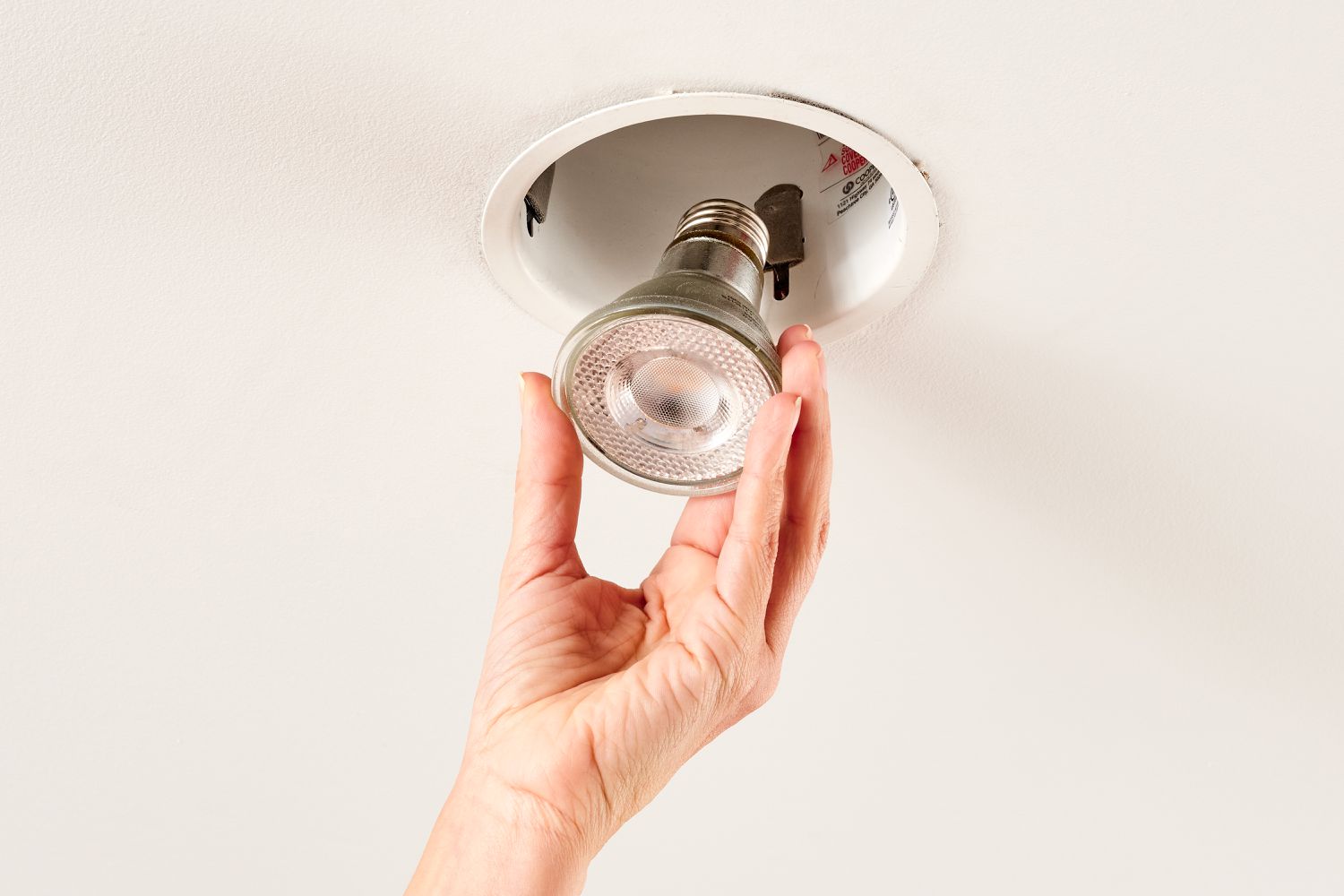
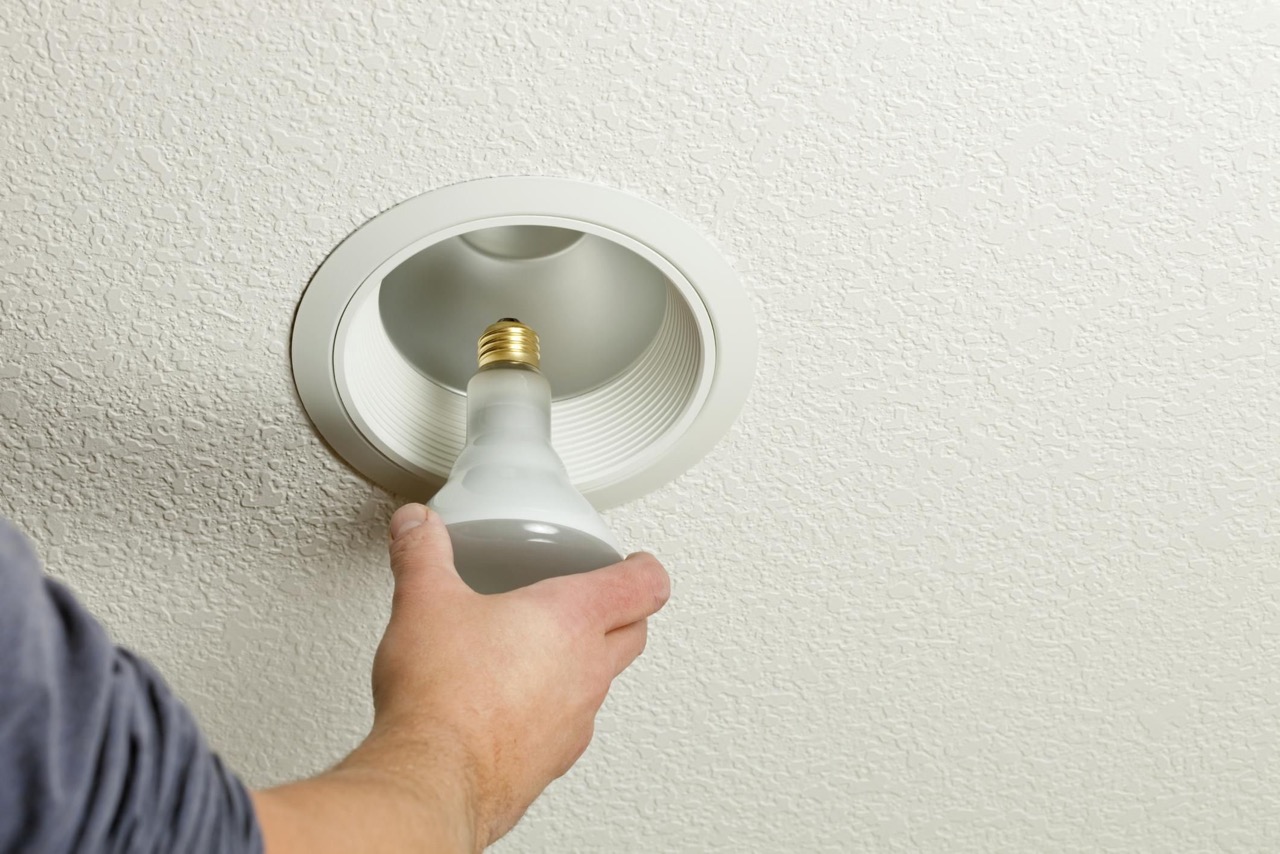

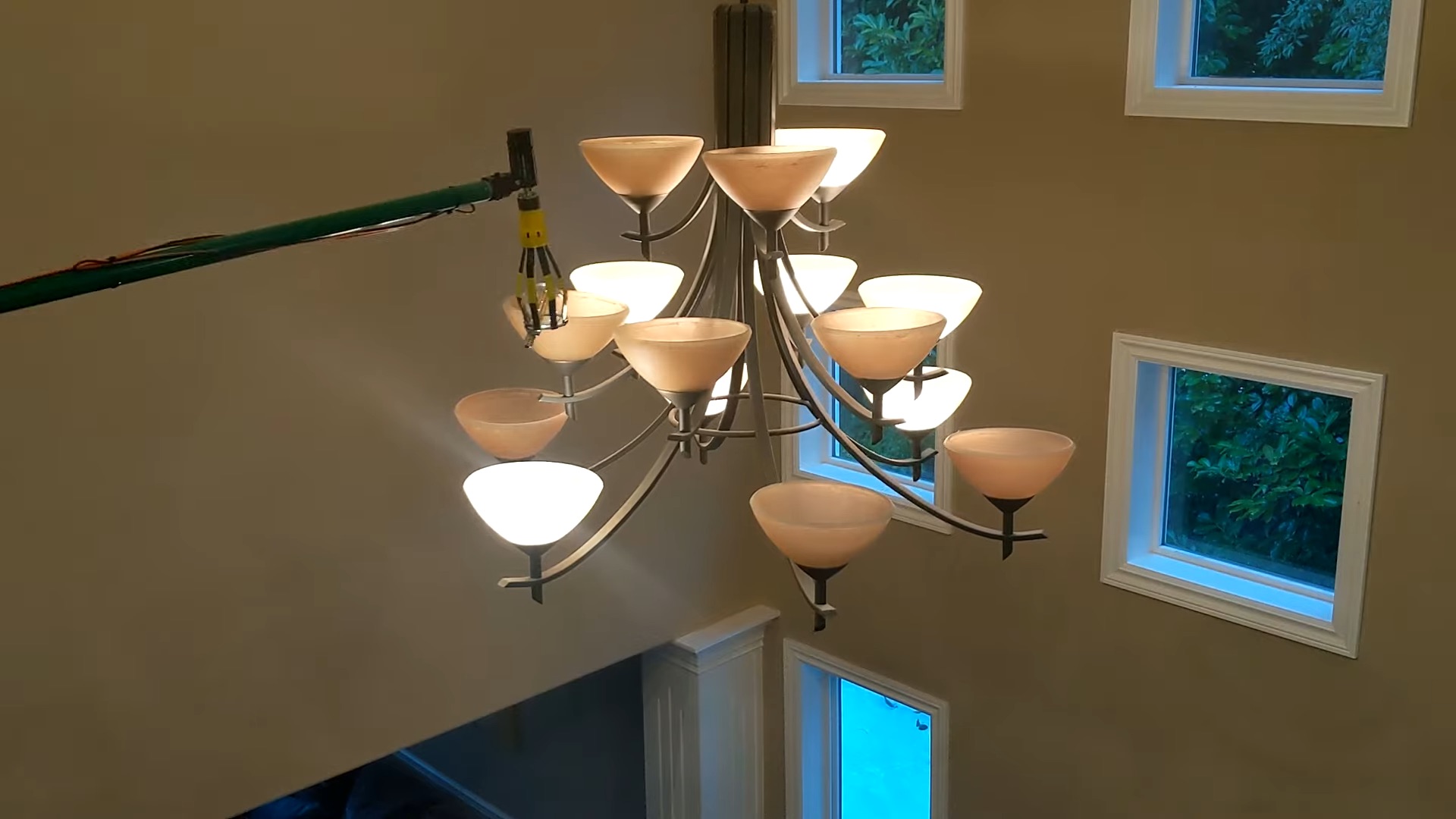

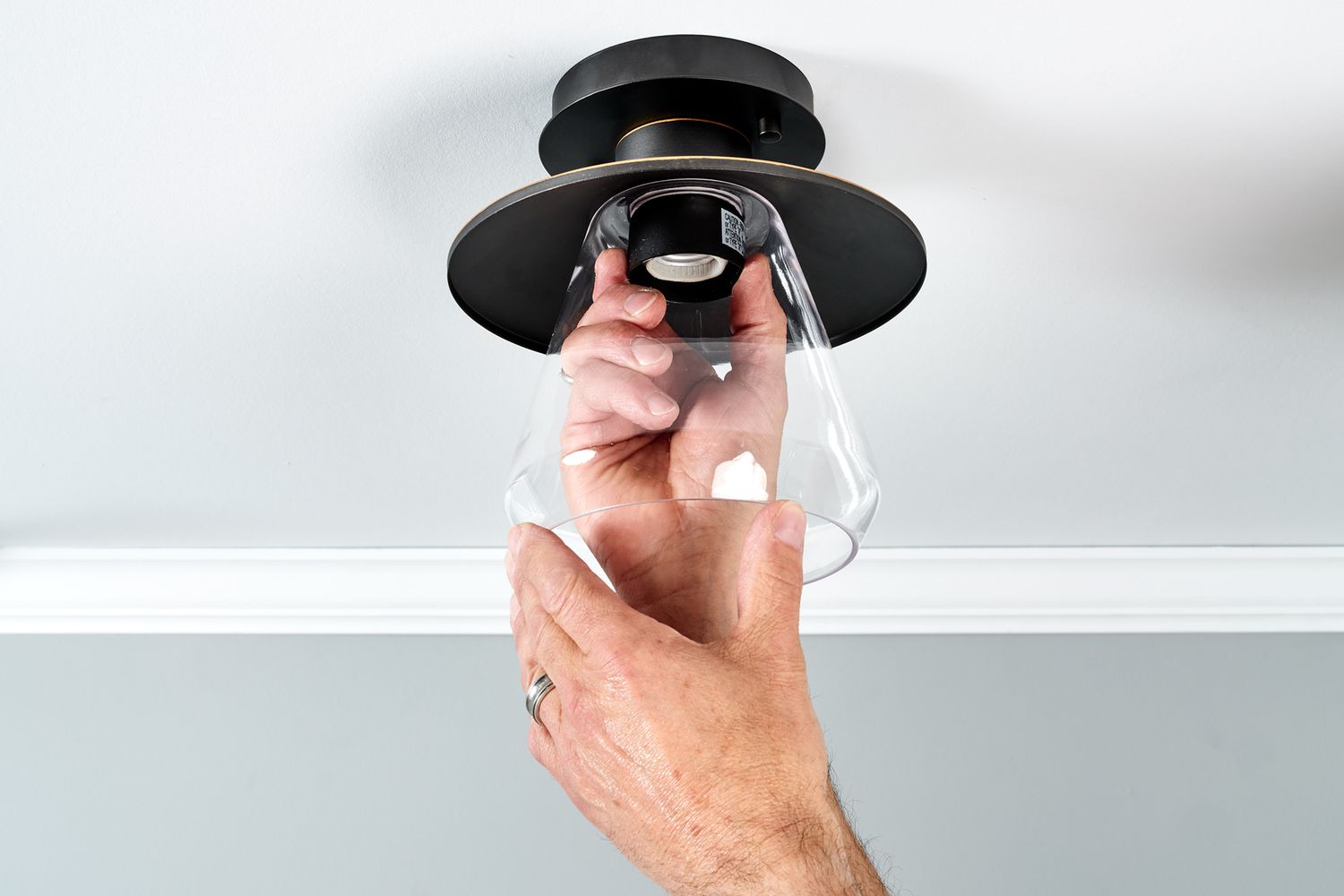

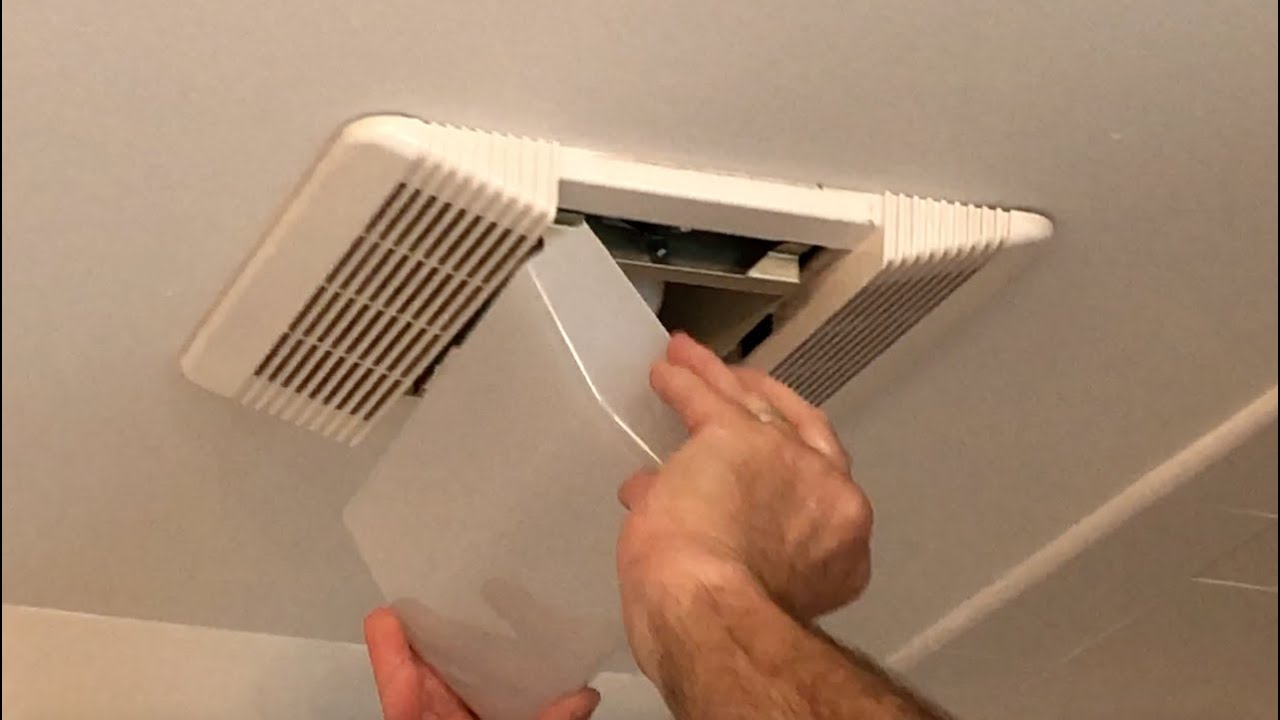
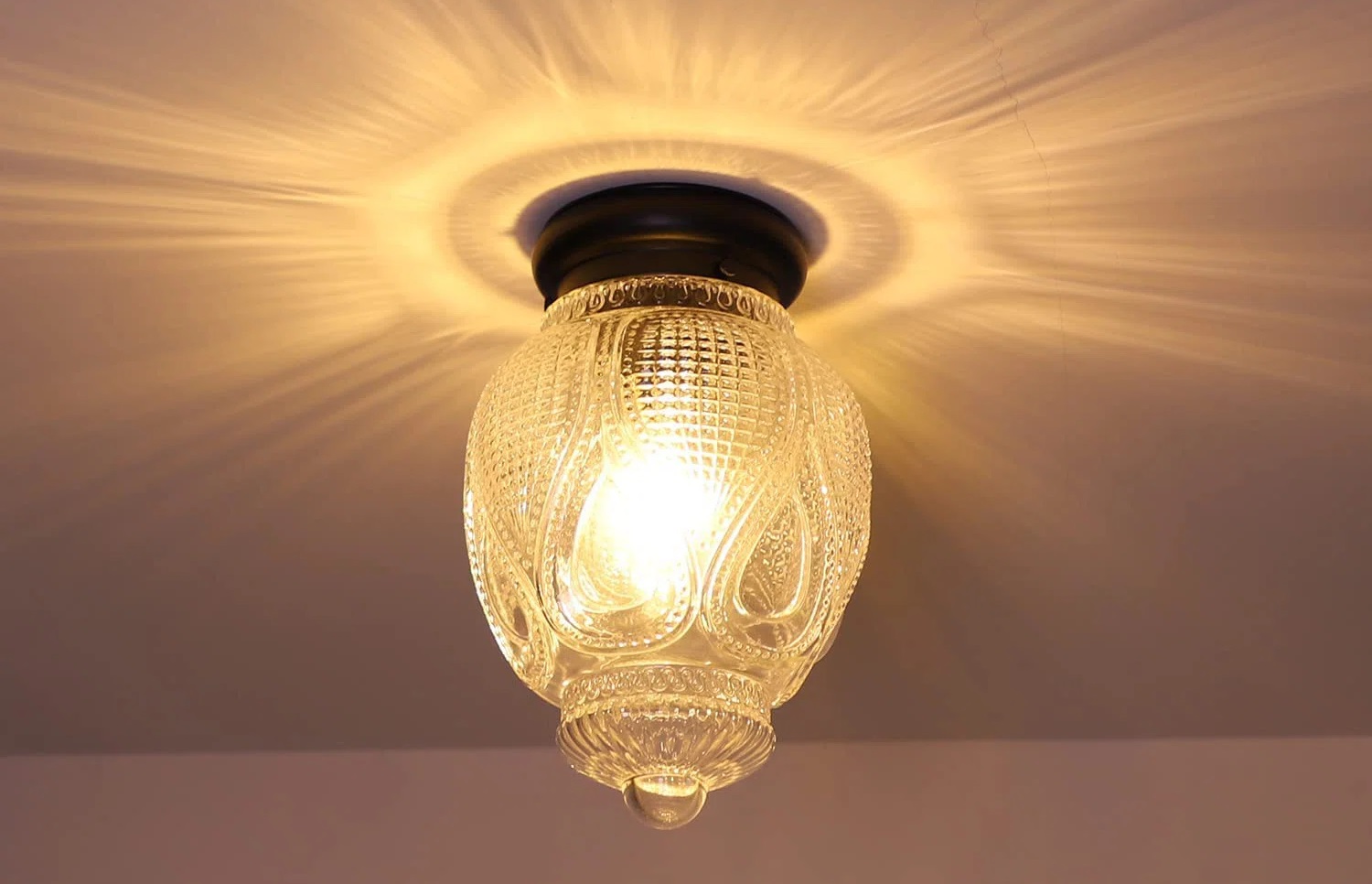
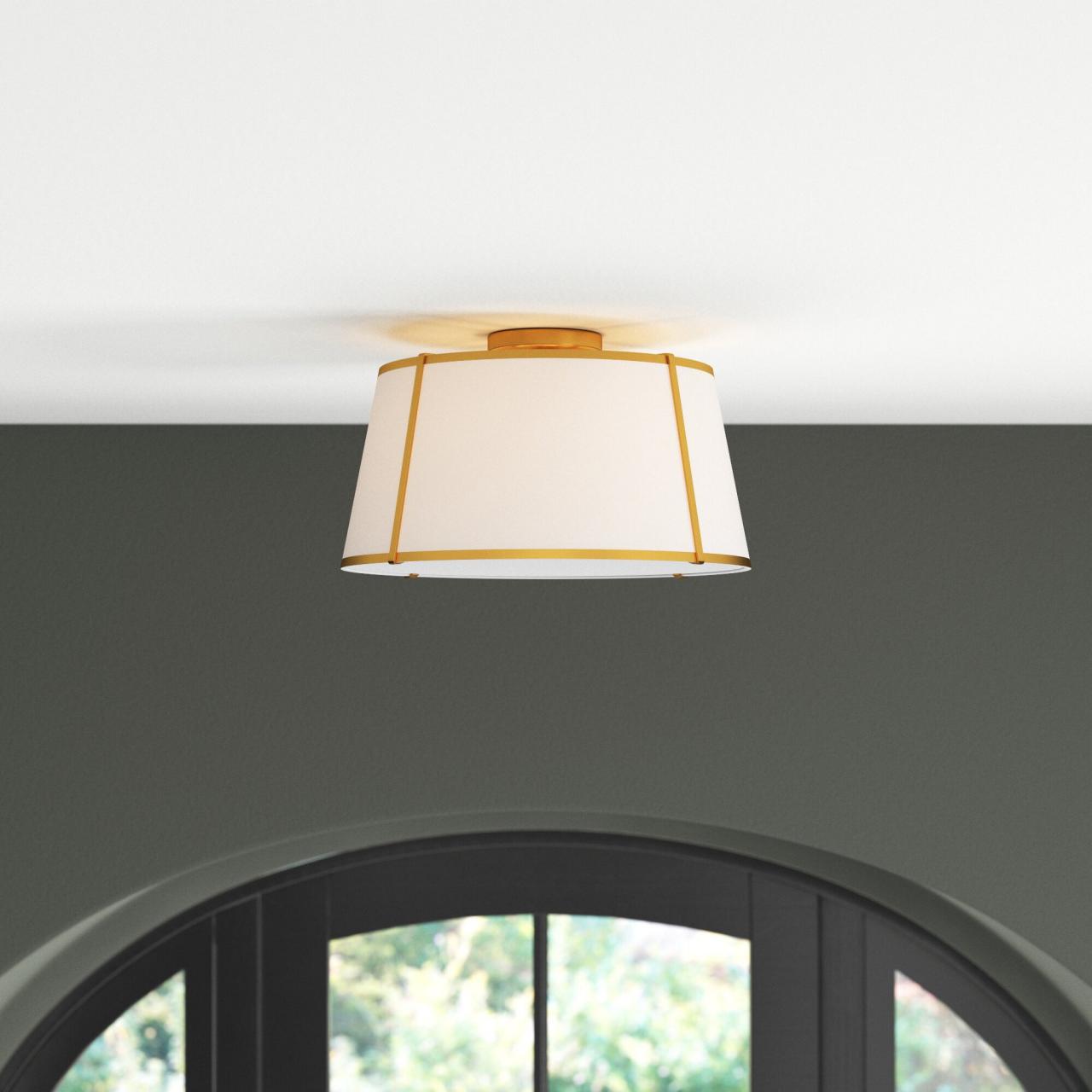
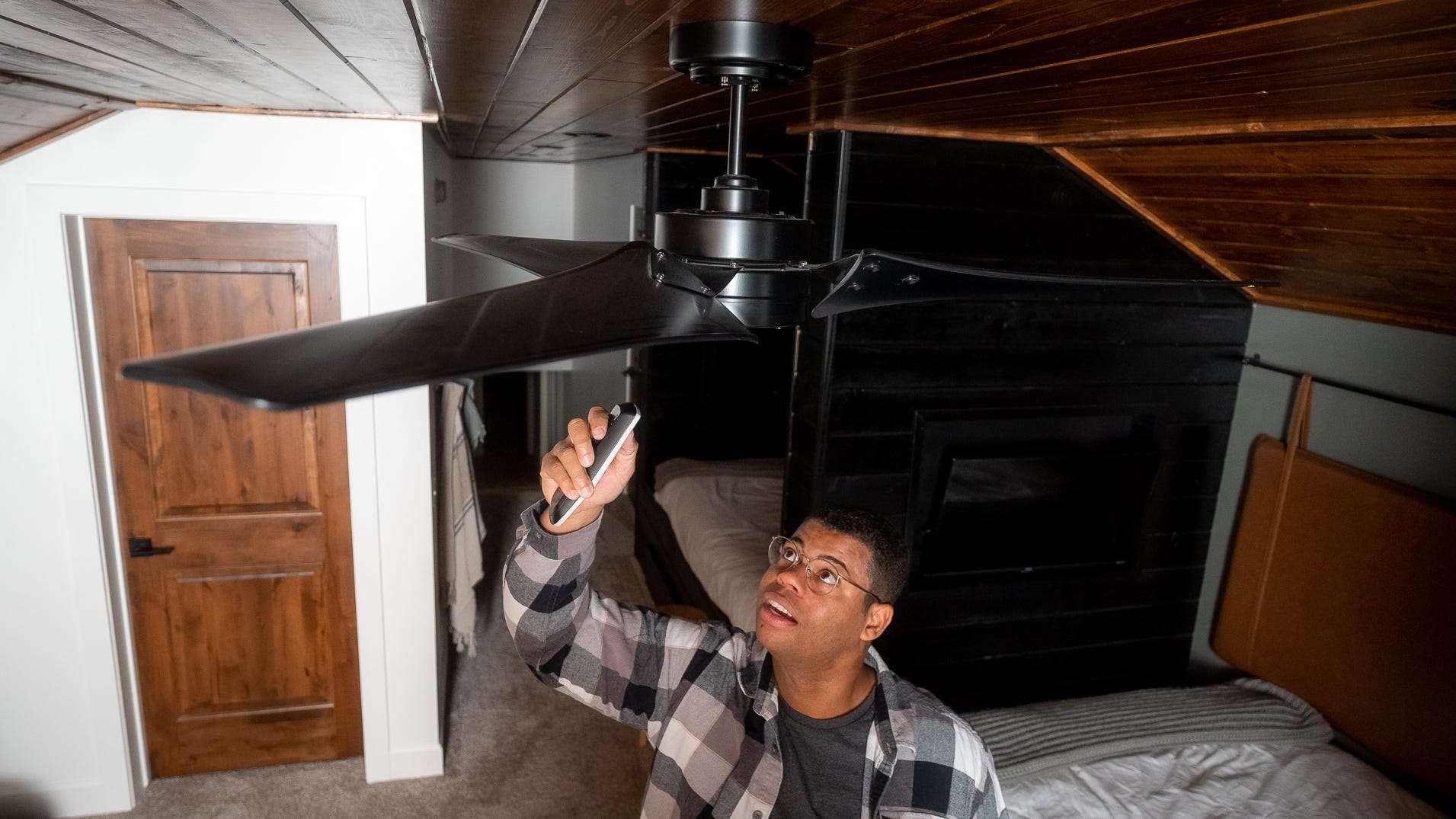
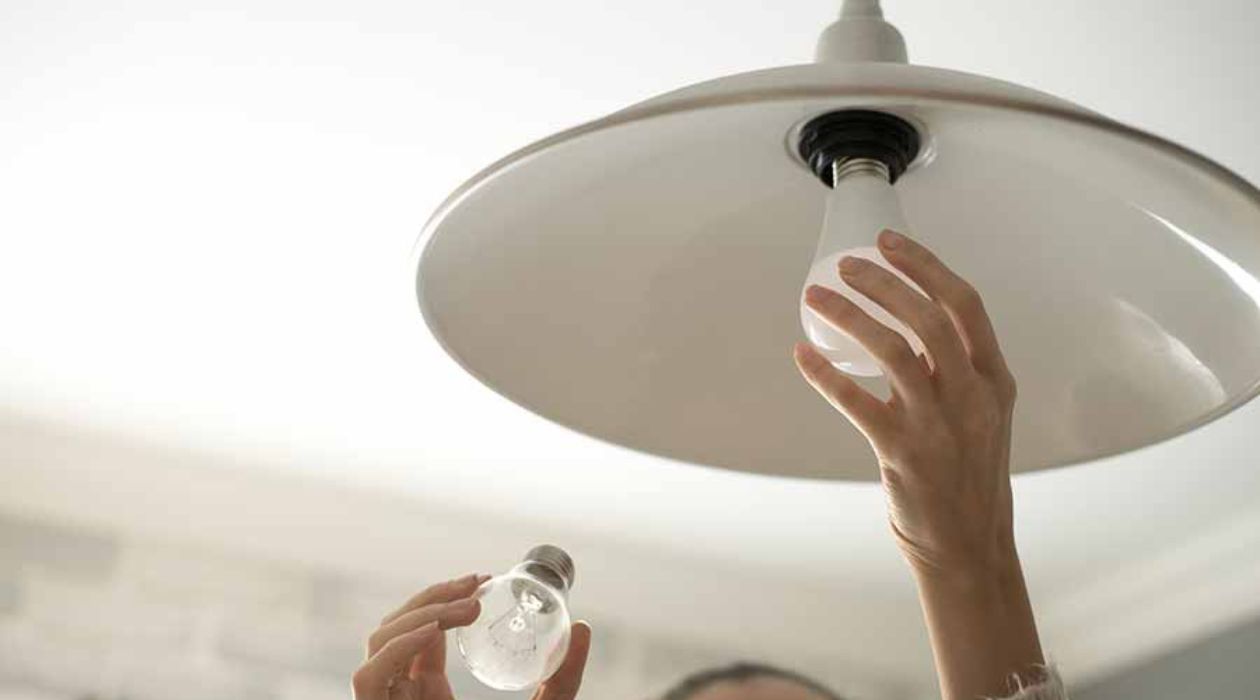

0 thoughts on “How To Change Light Bulb In Ceiling Fan”